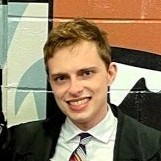Hi, I'm Andrew. I'm currently building Void. I've previously thought a lot about algorithms, parallel computing, and quantum computing.
San Fran, CA
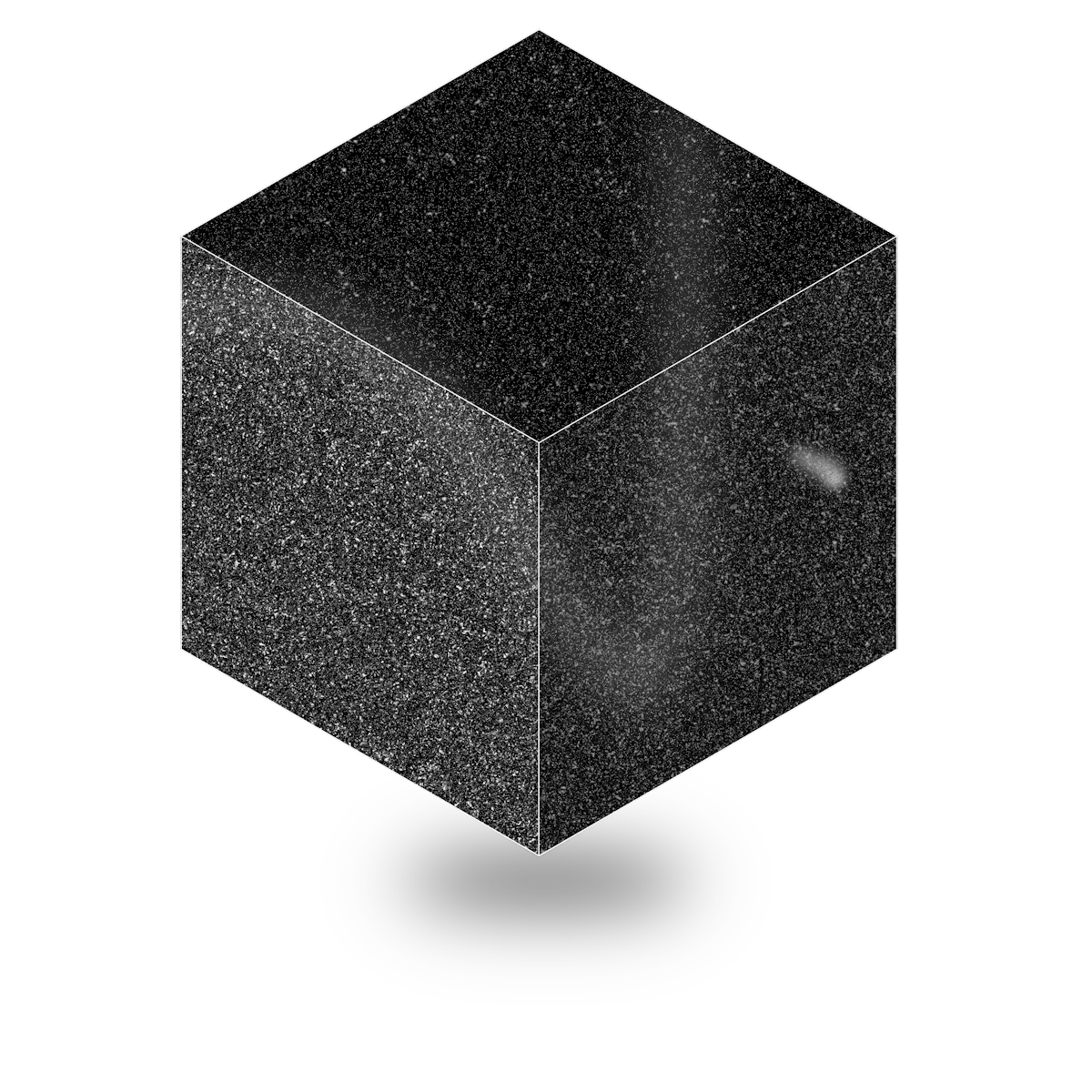
Building Void.
San Fran, CA
Built Glass.
New York, NY
I left APL to co-found DeriveIt. Our mission was to let technical people learn anything quickly: quantum computing, crypto protocols, ML architectures, etc. We ultimately built a site that prepares students for interviews at FAANG companies much faster, used in classes at top universities and praised by dozens of users.
I wanted this to evolve this into Comm2, but AI is already doing that.
Laurel, MD

At Johns Hopkins APL I led a project to estimate the resources needed to run a quantum computer. I also worked on statistics research, and my math on Beta distributions was published in a paper.
Remote

At Columbia I created a Mathematica tool to simulate & visualize wavefunctions and their energy bands near defects.
Ithaca, NY
I studied Computer Science at Cornell, with minors in physics and math.
I worked on parallel computing with Adrian Sampson (CUDA, Hammerblade), optimizing DSMM for the HammerBlade architecture. Also worked with Peter McMahon on quantum embeddings in ML.
Projects
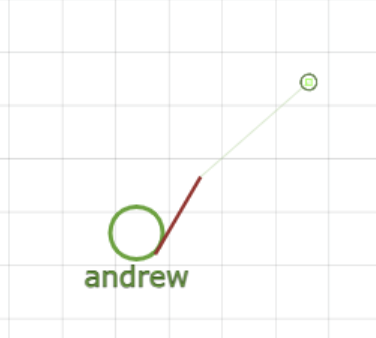 reelers.io is a multiplayer io game I built on top of an html canvas & websockets. It can take a minute or two to boot, but it's pretty fun, especially with friends. Here's a clip of it on GitHub.
reelers.io is a multiplayer io game I built on top of an html canvas & websockets. It can take a minute or two to boot, but it's pretty fun, especially with friends. Here's a clip of it on GitHub.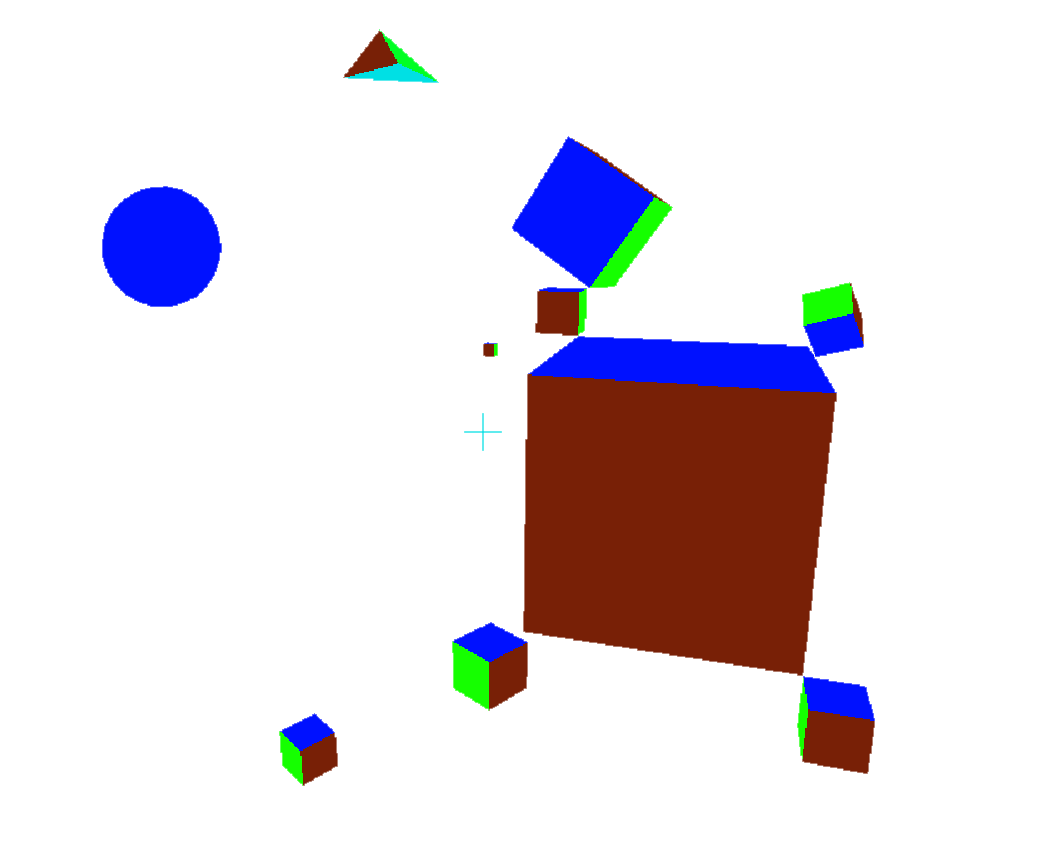 I wanted to write a 3D renderer without using any graphics pipelines, so I came up with some math and wrote 3DTest.
I wanted to write a 3D renderer without using any graphics pipelines, so I came up with some math and wrote 3DTest.- custom-markdown parses a text file and renders the result in React. I wrote it as a simpler alternative to MDX and TipTap so that I could fully customize Markdown's syntax.
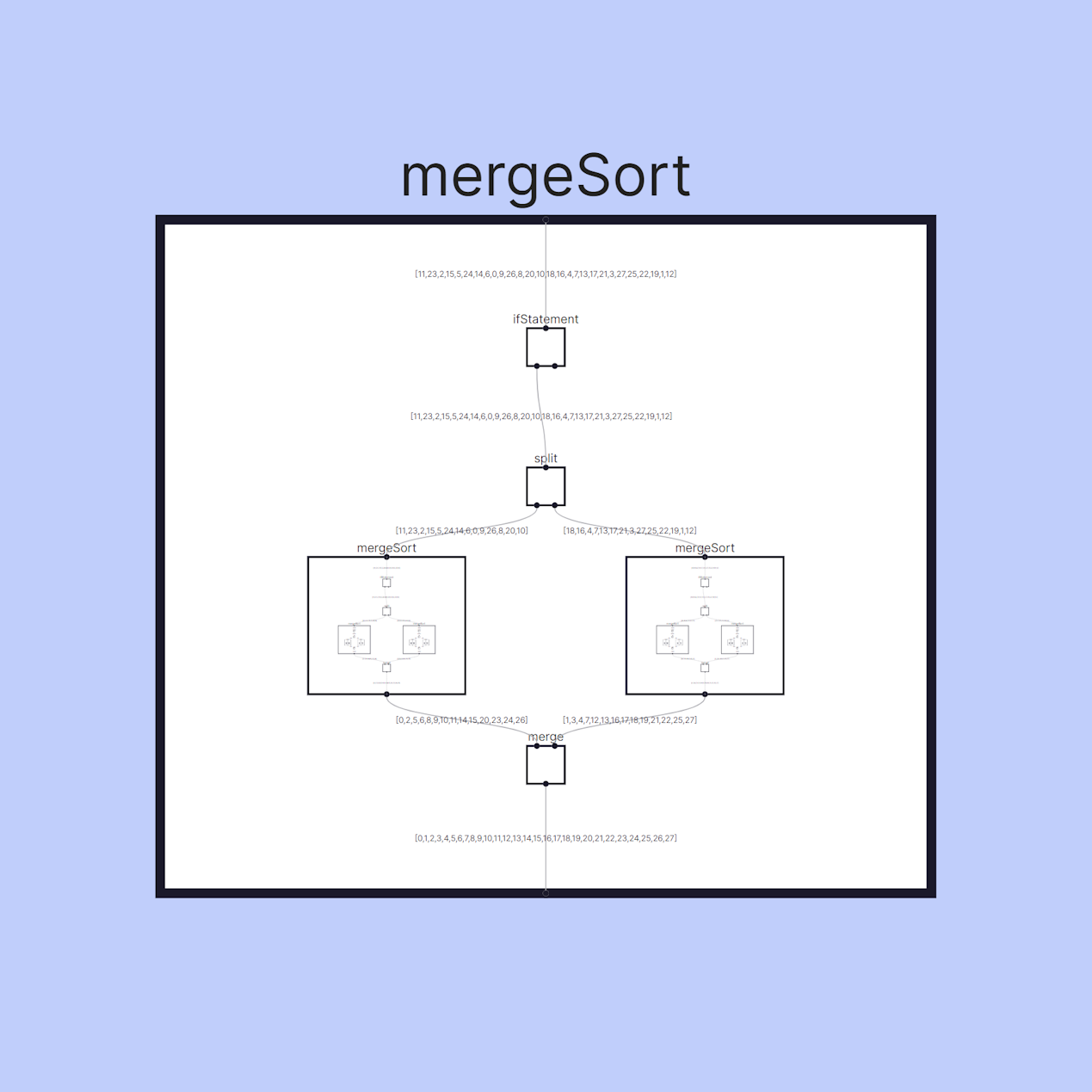 While working on DeriveIt, I inspired my brother to build Recursion Playground, where you can visualize recursive functions as self-similar fractals.
While working on DeriveIt, I inspired my brother to build Recursion Playground, where you can visualize recursive functions as self-similar fractals.
